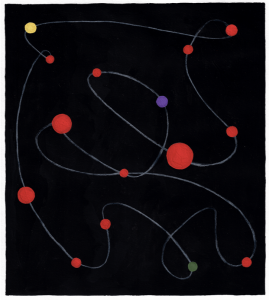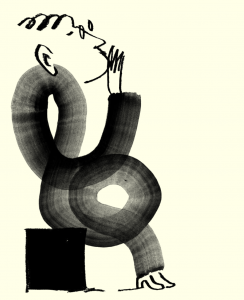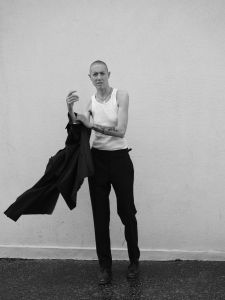The author tells Natalie Hammond how Cuba’s revolutionary past has shaped its present architectural landscape
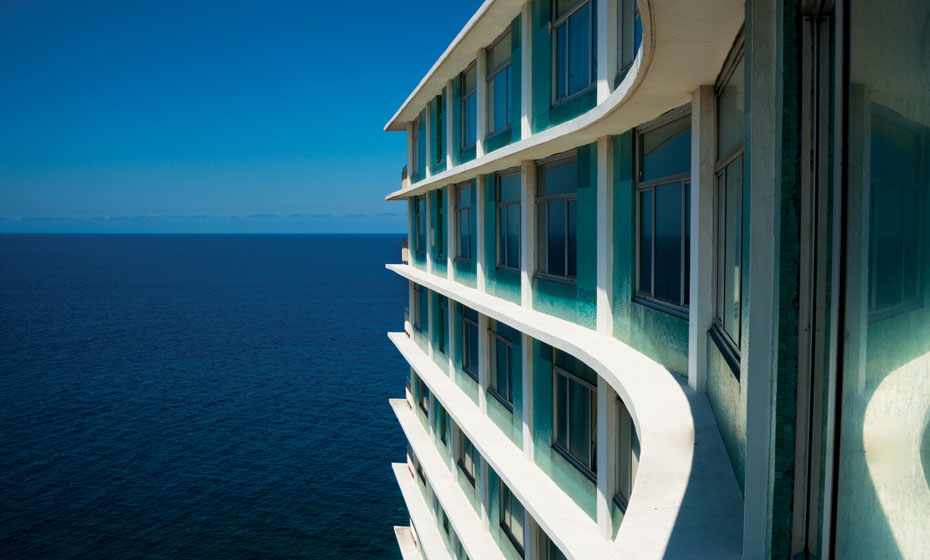
Havana’s National Schools of Art – in all their crumbling magnificence – speak volumes of the city they stand in. Conceived in the 1959 revolution’s exultant first phase, the majestic domes, brick galleries and open piazzas were designed to convey freedom and infinite possibility in their futurism. Of the five schools, only two were ever completed. The rest have remained in half-finished ruins since the Soviets were invited to the island in 1960. Since the early twentieth century, Havana’s architecture has reflected the political ideology of the day, from the shimmering palaces of the sugar magnates, who fattened themselves on the fruits of American investment, to hulking prefab buildings erected in the 1970s via the ornamented facades and sinuous lines of art nouveau. All have miraculously survived to this day in Havana, largely due to neglect, making its streets a pastiche of architectural references from the last 500 years. We talk to Michael Connors, author of Havana Modern, about why Cuba’s capital has the most extraordinary architecture of any city in the western hemisphere.
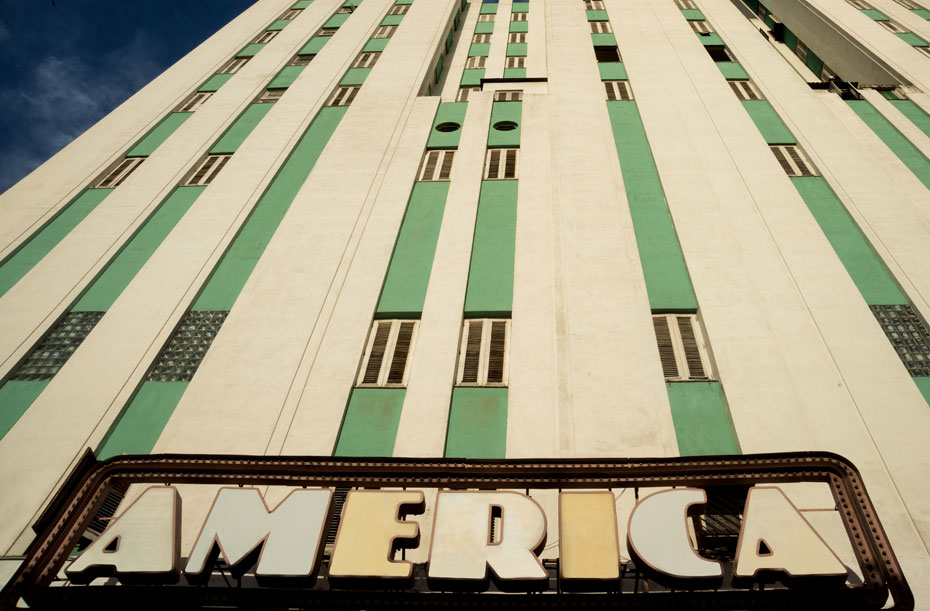
What problems did Cuba’s War for Independence against Spain (1895-1898) wreak?
The island was truly devastated. The population had decreased from more than 1,850,000 in 1894 to less than 1,690,000 in 1898. Hunger and disease were both rampant, its economy was bordering on collapse and four fifths of the sugar estates were in ruins. Both the Cuban and Spanish armies believed in destroying everything in their paths.
How did the government begin to modernise Cuba?
With American money. They built a new infrastructure for the island, but you have to remember they had an ulterior purpose – to colonise it, to possess it.America entered the War for Independence in the last three months. Teddy Roosevelt went in with his Rough Riders, killing Spaniards on San Juan Hill, and snatched the victory. When the Spaniards and Americans sat down at the treaty table, the Cubans weren’t even invited.
Is this when Cuba’s dependence on America began?
The US reduced Cuban independence to a mere formality. Cuba’s principle export commodity sugar was bound to a single market by the US – its own. This has a familiar ring to it because this kind of thing is still going on today. Transportation, mining, agriculture, coffee, tobacco, cattle ranching, utilities and banking – they were all under US control.
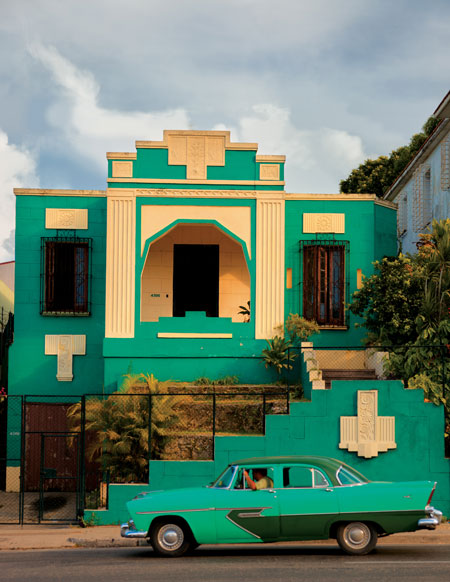 When did Cuban architects start cultivating their own trends?
When did Cuban architects start cultivating their own trends?
An architectural style is always an embellishment or a reaction against the one preceding it. Cuban architects imitated the Beaux-Arts, but the influx of Spanish immigrants in the early twentieth century brought with them art nouveau, this curvilinear, top-heavy style that fought against the straight-lined classicism of the Beaux-Arts. It wasn’t until the 1920s that Cubans started refining this style by adding tropical elements to what was becoming art deco, like stained glass windows and azulejos which were glazed to keep rooms cool.
The palatial homes in Miramar and El Vedado built in Cuba’s ‘fat cow’ period from 1914 to the early 1920s look like something out of The Great Gatsby.
One of my favourite lines from that novel is, ‘the white palaces of fashionable East Egg glittered along the water’, and that’s what the nouveau riche wanted – palacios that glittered. Havana’s nouveau riche patterned their dwellings on aristocratic and royal houses to consolidate their power. They wanted to exclude the old world Spanish aristocracy – they were in fact emulating it – and offset themselves from the lower classes.
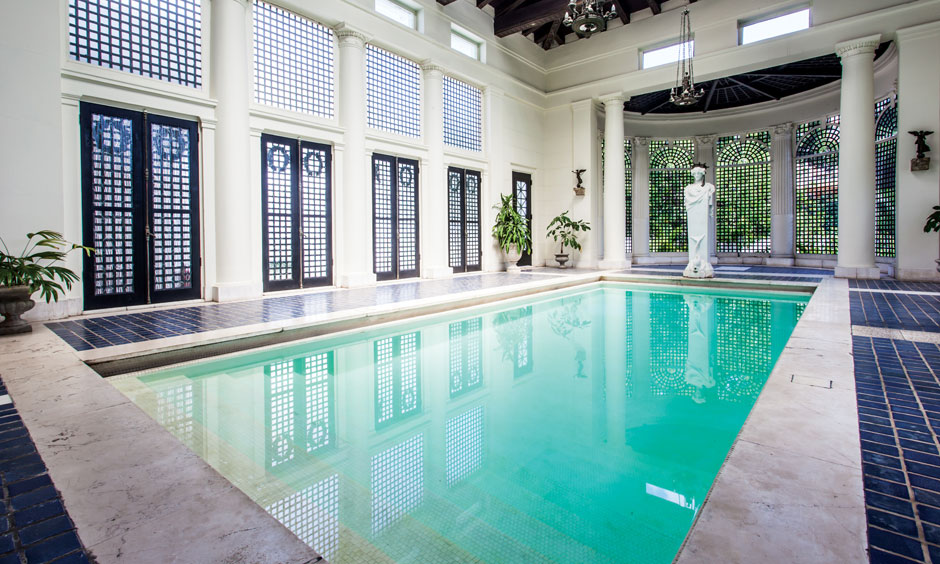
Was bad taste prevalent?
People had more money than brains and taste. There was one Beaux-Arts mansion built by José Gómez-Mena, a sugar baron, which inside had a room of Louis XVI period furniture from a Parisian hotel, the next Regency-style furnishings, the next Oriental and an unbelievable art deco bathroom [of white, grey and pink marble]. As a matter of fact, there are photographs of the Duke and Duchess of Windsor partying there.
How did the 1959 revolution affect Cuban architecture?
The trade embargo in the 1960s meant there was no steel for reinforced concrete. All they had were
indigenous materials like stone and the cement and bricks they made. That’s why Ricardo Porro and his team devised brick arches – necessity is the mother of invention.
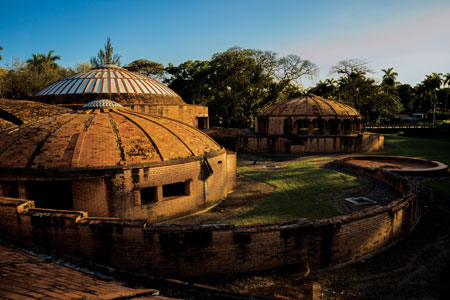
All images Nestor Marti, except interior swimming pool by Brent Winebrenner
Fidel Castro said that the National Schools of Art he commissioned were to be ‘the most beautiful academy of Arts in the whole world’. How did they reflect the spirit of the revolution?
Porro said that when the revolution was successful, in first days and even the first year, everyone was exuberant. They thought and felt that anything and everything was possible. It was this idea of expression, elation and celebration.
Why were they abandoned?
It was their elitism that upset people. When the Soviets arrived in the 1960s, it became function over form. They built their square blocks as a reaction against the romantic period of the revolution.
Are there plans to restore the buildings?
The architect Norman Foster has coupled with Cuban ballet dancer Carlos Acosta to try and do something about the School of Ballet’s restoration. Vittorio Garatti designed it to follow the contour of the land. It unfolds in the nooks of a small valley where a stream runs and its terracotta and brick arenas remind one of the landscape’s gentle hills. But this is Cuba, todo es muy complicado. It seems to be a very poor country, but on the streets of Old Havana you see all these tourists. You wonder where all those dollars go.
Did Cuban architects accept this change from form to function?
Many had left the country before Castro entered Havana. By the early 1970s those that remained had no choice; they had to play along with this Soviet-style brutalism. Even today architects are not permitted to have a private practice. People can only access the internet if their office has it as it’s not allowed in homes. There are real restrictions, but prisoners in paradise are what they are – it’s a paradise island.
Havana Modern is out now through Rizzoli New York. Click for more information
